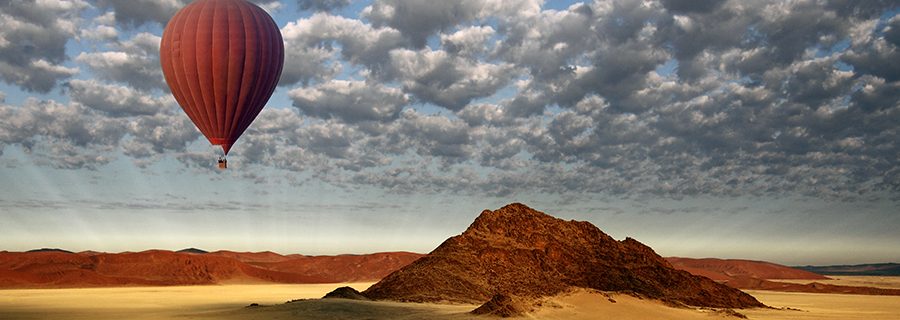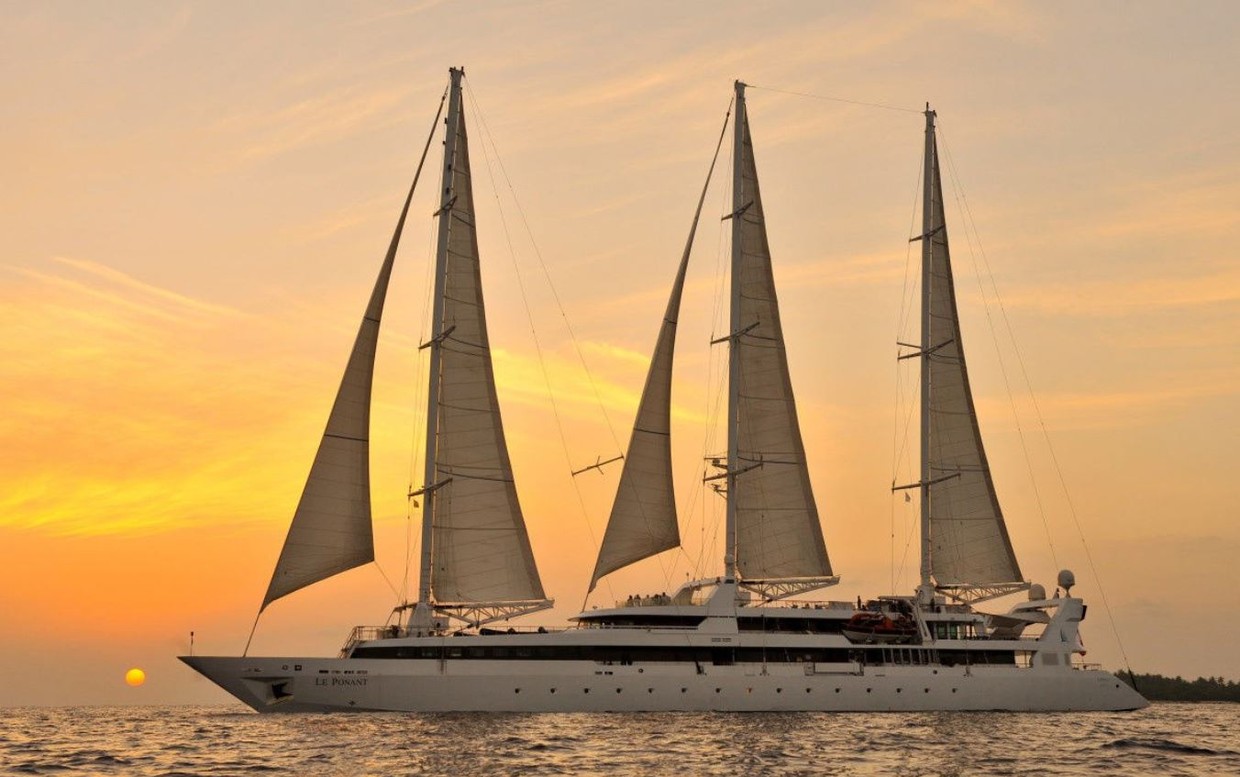Home to the highest sand dunes in the world, huge plains and rugged mountains – Namibia is an incredibly beautiful and unique part of Africa.
The endless stark deserts and blue skies provide a backdrop for an unusually dry and harsh environment, but the wildlife here have adapted and learnt to cope with living in these extreme conditions. Although the population here is small, there is still a rich history of cultures who call Namibia home. The result, the perfect mix of scenery, wildlife and culture for every traveller to take in and enjoy!
Namibia is a great destination to visit, especially for those returning to Africa for the second, third or fourth time and looking for a different experience. We sat down with the experts from African Wildlife Safaris and asked them what their top 5 things to do in Namibia are and their tips to make it an adventure you will never forget!
1. The Sand Dunes of Sossusvlei
Sossusvlei in Namib Naukluft Park has some of the tallest sand dunes in the world, over 300 metres high. These mountains of red sand flank the Tsauchab River which ends in a series of pans (or vleis) which are usually dry most of the year. Sossusvlei means dead-end vlei as the river is blocked by 60kms of sand west to the Atlantic Ocean. You can visit the moonscapes of Dead Vlei, ancient Sesriem Gorge and of course the iconic sand dunes themselves.
Kulala Desert Lodge is situated at the foot of the majestic Sossusvlei Dunes and is the closest lodge to Sossusvlei, which can be accessed via a private gate. The camp is ideal for desert adventures like nature walks, electric “fat bike” excursions and even hot air ballooning. The camp has 23 thatched “kulalas” on wooden platforms, a flat rooftop for sleep-outs under the stars, a pool in the main lodge and a wraparound veranda overlooking a waterhole.
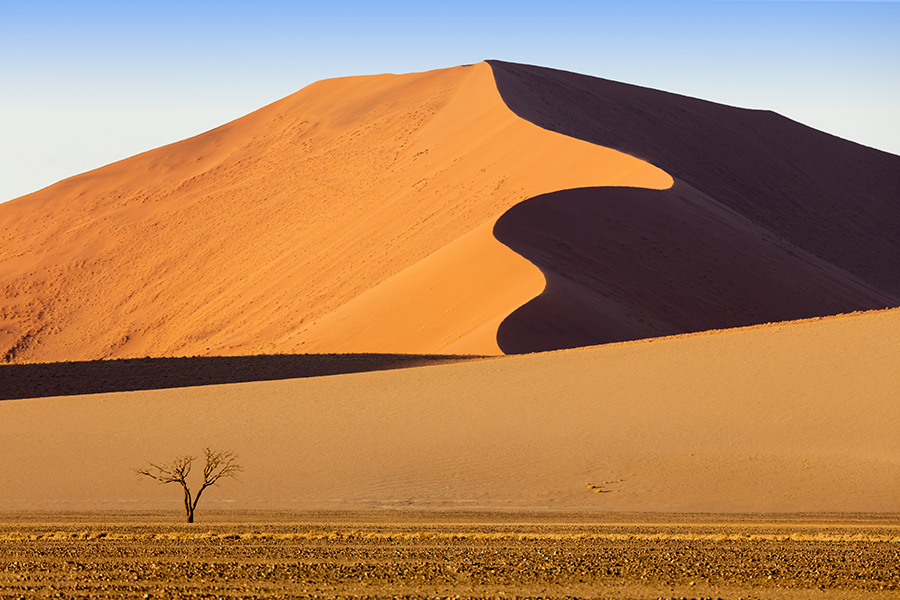
2. The Skeleton Coast
This legendary section of the Atlantic coast stretches for 500 kms from the old German town of Swakopmund north to Angola. It is named for the many shipwrecks that have occurred here. The cold Benguela Current brings daily fog to the white desert sands providing the only water in this hostile but beautiful landscape. Wildlife like desert-adapted elephants, rhinos, desert lions, brown hyenas, jackals, giraffes, seals, oryx, kudus and zebras can sometimes be seen, as well as strangely adapted plants like welwitschias.
One of the closest camps is the Hoanib Skeleton Coast Camp which offers game drives to explore this isolated area in search of desert-adapted animals. The camp has 8 large ensuite tents, a pool and is fully solar powered. A research centre provides insights on desert-adapted lion and brown hyena conservation.
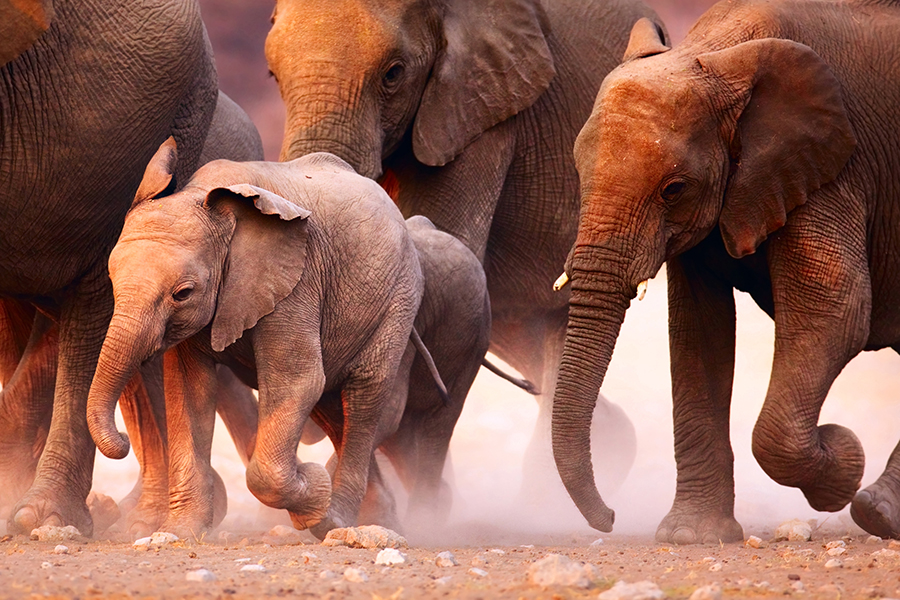
3. Etosha National Park
This is Namibia’s most famous wildlife park, and the best place to see large numbers and variety of game. Over a quarter of the park is made up of the Etosha Salt Pan, which is a great attraction for wildlife, along with numerous waterholes. Game viewing is best in the dry season (May-Oct). The park has a number of lodges and camps and can get quite busy. We suggest visitors stay at one of the camps in Ongava, a private reserve adjacent to the national park. This provides a more intimate experience, plus the chance to see both white rhino and highly endangered black rhino. Little Ongava has just 3 exclusive suites with private plunge pools, Ongava Lodge has 14 thatched chalets and Ongava Tented camp has 8 classic Meru-style tents with outdoor showers.
4. Serra Cafema and Kunene River
The Kunene River borders Namibia and Angola and the area is home to the semi-nomadic Himba people, many of whom still follow a traditional lifestyle. The river cuts through the dramatic Serra Cafema mountains in an isolated area that few people visit. Here you can find the very comfortable Serra Cafema Camp, which has 8 luxurious guest chalets overlooking the Kunene River. The camp offers a range of activities such as nature walks, low impact guided quad biking and respectful interactions with the local Himba people.
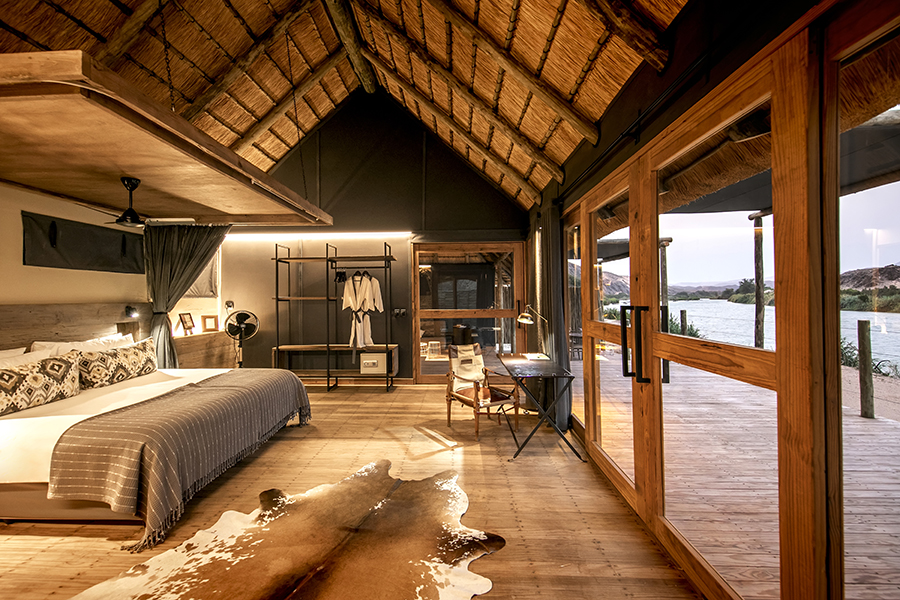
Serra Cafema
5. Damaraland, Torra Conservancy and Twyfelfontein
The landscapes of Damaraland are starkly beautiful with flat-topped mountains, wind-sculpted sandstone cliffs, deep gorges and dry riverbeds. Despite the low rainfall there is a surprising number of animals and plants, including desert-adapted elephant and giraffe. When there is good rainfall seasonal grasses attract herds of dry country antelope like gemsbok and springbok. At Twyfelfontein, a UNESCO site, you can find the remains of ancient rock art. The Torra Conservancy is a 352,000 hectare wilderness where the community has formed a partnership with respected safari outfitter Wilderness Safaris. This has resulted in an increase in flourishing wildlife and a substantial decrease in poaching. Within the conservancy is the eco friendly Damarland Camp which has 10 adobe style thatched guest rooms, a central dining/lounge area with pool and spectacular views.
All the above areas can be reached by road or light aircraft. However distances are quite substantial so if you have limited time we recommend a fly-in safari combing two or more camps or lodges.
As you can see, Namibia has so much to offer as a destination, contact our team of experienced consultants who can work with the experts at African Wildlife Safaris to put together the perfect tailor-made Namibian itinerary for you.


